In today’s world, where technology intertwines with nearly every aspect of our lives, we often associate ingress protection (IP) certification with electronic devices. However, you might be surprised to learn that IP certification is not confined to electronic products alone. In fact, its applications extend to a wide range of non-electronic products as well. In this blog post, we’ll explore how ingress protection certification can be beneficial for non-electronic items, showcasing its versatility and importance across various industries.
Understanding Ingress Protection Certification
Ingress Protection (IP) certification is a standard that rates the degree to which an object is protected against intrusion from solid objects and liquids. The IP rating system, established by the International Electrotechnical Commission (IEC), uses two digits to specify the level of protection: the first digit represents protection against solid particles, while the second digit indicates protection against water.
Expanding Horizons: Non-Electronic Applications
While the IP rating is widely known for its role in protecting electronic devices, its application to non-electronic products can be equally significant. Here’s how:
Industrial Equipment
Industrial equipment, such as machinery and tools, can benefit from IP certification to ensure durability and reliability. For instance, construction tools exposed to dust and water during operations need to be robust and dependable. An IP rating helps manufacturers guarantee that their equipment will perform effectively under harsh conditions.
Automotive Parts
Automotive parts, including lights, sensors, and external fittings, are subjected to various environmental challenges. By obtaining an IP rating, manufacturers can assure consumers that these components will resist dust, dirt, and moisture, enhancing vehicle safety and longevity.
Outdoor Furniture
Ingress protection is crucial for outdoor furniture, which faces exposure to rain, dust, and other environmental factors. IP certification for outdoor furniture ensures that these products will maintain their functionality and appearance over time, offering consumers peace of mind.
Consumer Goods
Everyday items like outdoor sporting gear, garden tools, and even some household items can benefit from IP certification. For example, a waterproof outdoor speaker or a dust-resistant hiking backpack can enhance user experience by ensuring that these products remain effective despite exposure to challenging conditions.
Practical Tips for Obtaining IP Certification
Identify Requirements
Before pursuing IP certification, determine the specific environmental conditions your product will face. This will help in selecting the appropriate IP rating and ensuring that the product meets all necessary criteria.
Partner with Experts
Work with a certification body that has experience in IP testing and certification. Their expertise will guide you through the process, ensuring accurate testing and reliable results.
Implement Design Improvements
Use the certification process as an opportunity to review and enhance your product design. Consider incorporating features that improve resistance to dust and water, ultimately leading to better performance and customer satisfaction.
Communicate Clearly
Once certified, clearly display the IP rating on your product packaging and marketing materials. This transparency helps consumers make informed decisions and trust in the quality of your product.
Ingress protection certification is not limited to electronic products; it plays a vital role in ensuring the durability and reliability of various non-electronic items as well. From industrial equipment and automotive parts to outdoor furniture and consumer goods, the IP rating provides valuable assurance against environmental factors. By understanding and leveraging this certification, manufacturers can enhance product performance, build consumer trust, and stand out in the competitive market.


